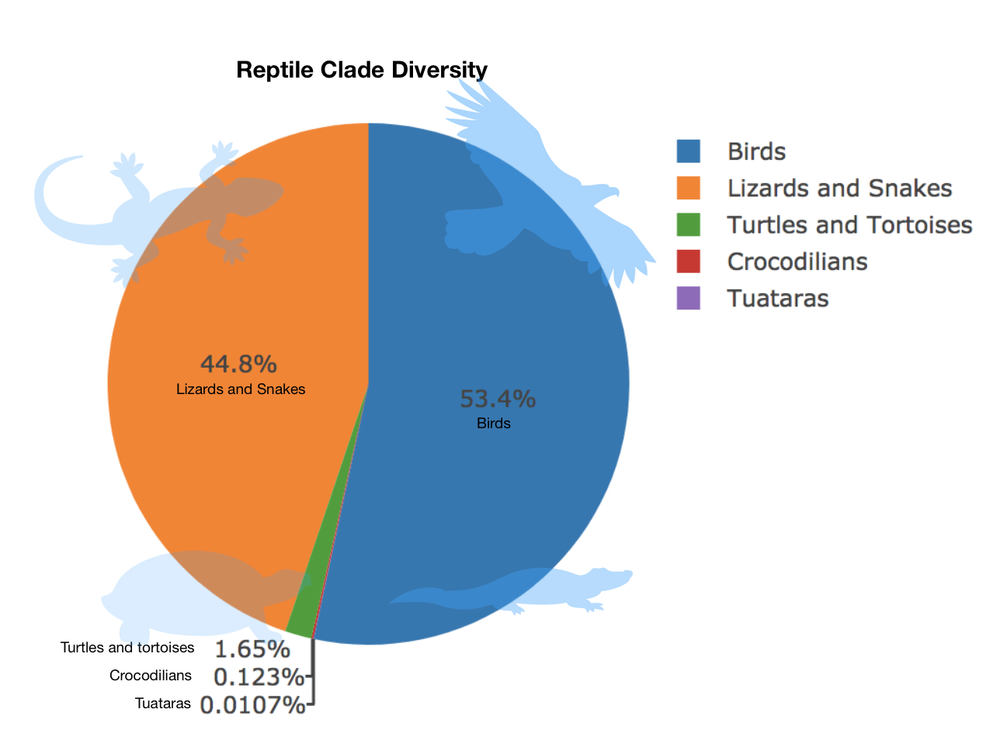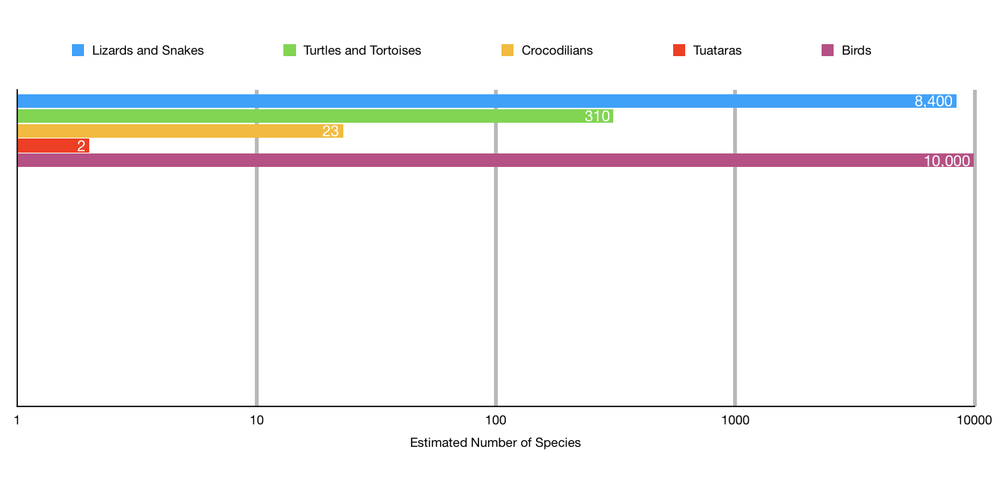
All Solutions
Page 836: Assessment
On the other hand, the digestive system obtains and breaks down the food, while the circulatory system transports the nutrients to the cells throughout the body. In turn, carbon dioxide is eliminated by the body through the help of the respiratory system. Other solid waste products are eliminated from the digestive tract through the rectum.
1. Would a second trial provide the same results as the first trial?
2. Would the mice still recognize the maze even if they are kept out of it for a certain period of time?
3. Would the mice stop responding to the stimuli if they are exposed to it for another series of trials?
4. Would the mice get quicker in reaching the food during the second trial?
5. How long would it take for the mice to retain their memories?
On the other hand, the first trial during the second series started with 40 seconds. The mice were quicker during the second series. However, the graph has leveled out after a decrease in time. The time during the last trial on the second series is 10 seconds.


1. Observe the organism and determine if it exhibits the characteristics of a fish.
a. has jaws and paired fins
b. lives in the water
c. has gills
d. covered in scales
e. cold-blooded
2. Observe the organism and check if it exhibits the characteristics of an amphibian.
a. has four limbs (short forelimbs and long hind limbs)
b. covered in moist, slimy skin
c. lives in moist habitats
d. reproduces unshelled eggs
e. metamorphic: begins life in water and move to the land when it matures
f. cold-blooded
3. Observe the organism and determine if it exhibits the characteristics of a reptile.
a. covered in tough and scaly skin
b. lives on land and breathes air
c. reproduces by laying amniotic eggs
d. some have four limbs and some have none
e. lacks external ears (eardrum is inside the head)
e. cold-blooded
4. Observe the organism and check if it exhibits the characteristics of a bird.
a. has feathers
b. has strong, lightweight bones
c. has modified limbs in the form of wings
d. has a beak
e. reproduces amniotic eggs
f. warm-blooded
5. Observe the organism and determine if it exhibits the characteristics of a mammal.
a. has four limbs
b. has hair or fur
c. has mammary glands
d. warm-blooded
The next evolution was the appearance of jaws and paired appendages in sharks and other cartilaginous fishes. In turn, the cartilage developed into bones and produces bony fishes. Then, evolution caused the formation of lungs in fishes. This adaptation led the aquatic organisms to move onto land. Organisms developed four limbs, which helped them survive the terrestrial life. These changes led to the evolution of amphibians.
After some time, amphibians developed into animals the reproduce amniotic eggs. They are called reptiles. This evolution branched off into two groups of warm-blooded animals–birds, and mammals.
When the body segments combine, both the internal and external parts fuse together. In this way, some organs become concentrated in a particular area. This evolution led to the specialization of organ systems, particularly cephalization. In cephalization, the sense organs and nerve cells become concentrated in the anterior part of the body or the head.

